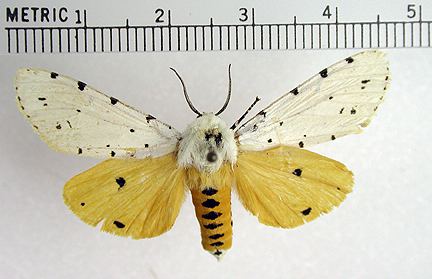Rank Species | Genus Estigmene Higher classification Estigmene | |
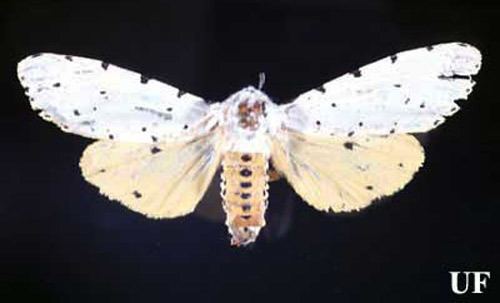 | ||
Similar Estigmene, Insect, Butterflies and moths, Arctiinae, Spilosoma virginica | ||
Caterpillar estigmene acrea
Estigmene acrea (salt marsh moth or acrea moth) is a moth in the family Erebidae. It is found in North America, the Democratic Republic of Congo, Kenya, Colombia and Mexico.
Contents
- Caterpillar estigmene acrea
- Salt marsh moth estigmene acrea
- Description
- Flight
- Life cycle
- Host plants
- Subspecies
- References
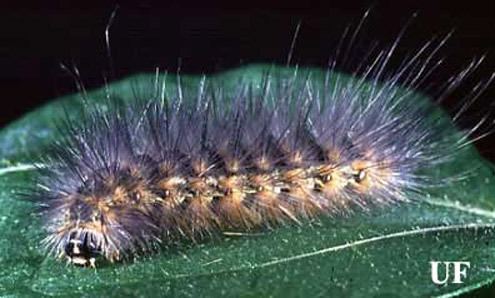
Salt marsh moth estigmene acrea
Description
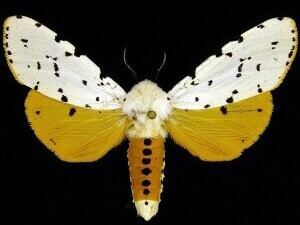
The head and thorax are white and the abdomen is yellow-orange with a row of black spots. The forewing is white with a variable pattern of black spots, with some individuals lacking any spots. The hindwing is yellow-orange in males and white in females. Both sexes have 3 or 4 black spots or blotches on the hindwings. The wingspan measures 4.5 to 6.8 cm.
Flight
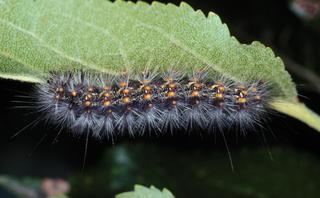
This moth is generally seen from May to August, but it is seen all year in southern Florida and southern Texas.
Life cycle
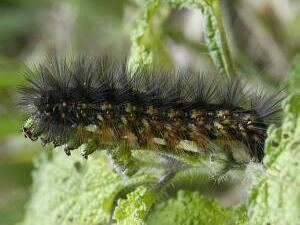
The yellowish eggs are laid in clusters on the host plant leaves. The larva, known as the salt marsh caterpillar, is highly variable in color, ranging from pale yellow to dark brownish-black. It has numerous soft setae which are longer toward the end of the body. The thoracic and abdominal segments have a few rows of orange or black warts. It pupates in a cocoon.
Host plants
Host plants used by the caterpillar include cabbage, cotton, walnuts, apple, tobacco, pea, potato, clovers, and maize.
The moth does not seem to be affected by any type of pyrrolizidine alkaloid present in many plant families, including the borage, legume, dogbane, and orchid families, and the tribes Senecioneae and Eupatorieae of the aster family. It is sensitive to alkaloids due to its pyrrolizidine alkaloid-specific taste receptors. It can detoxify them and even convert them into sex pheromones.
Subspecies
